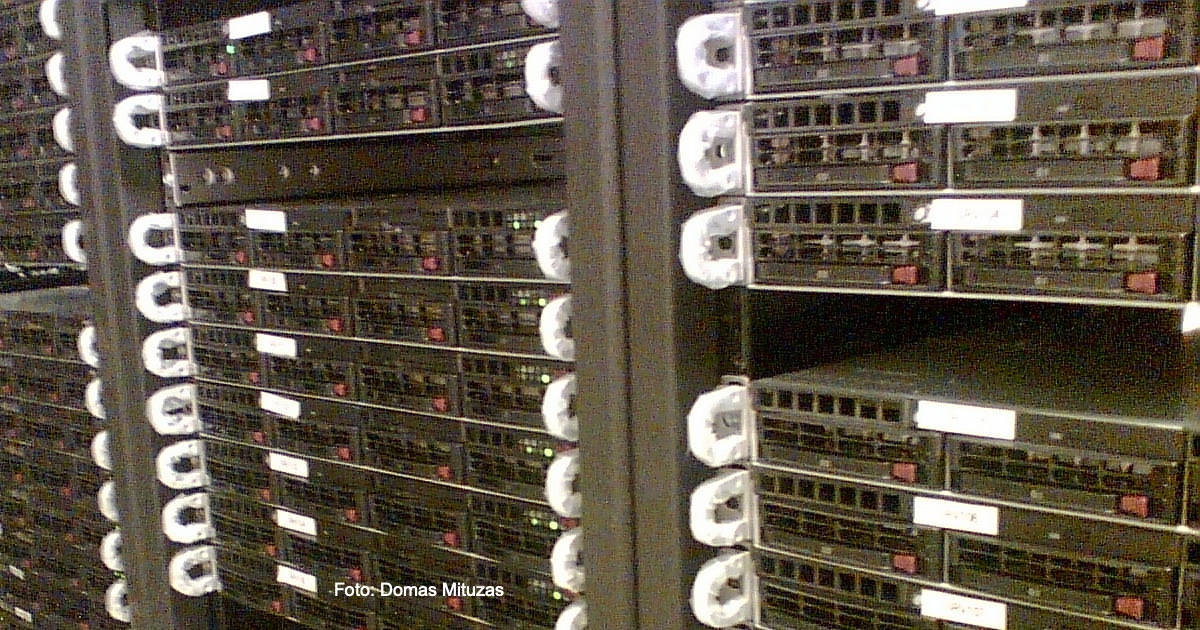For all the many reasons raised by thousands of petitioners, by prominent members of the U.S. Congress, and the California Attorney General’s office, this “sale” plainly should not be occurring. However, in a very real way, it is déjà vu.
For me, as one of a handful of people who were members of the original InterNIC public advisory committee which oversaw the spinout of the registry activity from its DARPA government instantiation to a private enterprise business, the sale is an absurdity if not ethical nightmare that is the culmination of an endless series of bad decisions and resulting perfidies. Perhaps in a sense, it was inevitable. I still have the proposals sent in response to the 1992 RFP, and wonder how different (and better) this entire domain (no pun intended) could have been. Indeed, the proposal of early network entrepreneur, Rick Adams, was especially compelling.
As an aside, for most of the past 170 years, registries for recording network identifiers have been treated as a government function for the benefit of the public. The model is followed because they are fundamentally public monopoly activity subject to potential abuse. The essence of that model likely proceeds backward several millennia. (In the interest of full disclosure, I was a former Chief of International Telecommunication Regulation at the ITU in Geneva.)
In 1992, when the US Government issued an RFP to provide these services for the network identifiers of both the OSI Internet US domain directory and the DARPA Internet. The former was a new function under recently published rules of the NTIA. The latter was part of the transfer of functions performed by a longtime DARPA contractor, SRI International. The former — which was regarded as the far more strategically valuable contract, was awarded to AT&T. The latter was given to a new startup, Network Solutions – awarded serendipitously despite other more qualified, financially sustainable, and innovative proposals. Both activities proceeded on a public resource government registration model.
As the DARPA internet became more popular in the marketplace, it was inevitable that Network Solutions could not sustain the activity — especially with any level of identity vetting. I kept the records that were published monthly. At a now fateful, obscure meeting in 1994 in Washington DC among a handful of people, and without public notice or comment, a decision was taken to fundamentally change the DARPA internet identifier registration model. The choice was between a cost-based registration fee for lifetime use of the publicly-owned identifiers that included identity vetting, or privatization of the identifiers with no identity vetting paid for by an annual identifier rental fee set at an arbitrarily high amount — initially $42 per domain name. The latter approach was approved, notwithstanding my own spreadsheets that showed the result within two years would be billions of dollars of revenue at very high-profit margins. It was the initial bad decision.
Within weeks, the spreadsheets fell into the hands of a large commercial investor who immediately bought Network Solutions. The business was a license to print money, and all hell broke loose. An ad-hoc committee was formed among activists who took the matter to the ITU Secretary-General, proposing the entire activity become an ITU sponsored registration activity using a public registration model, and a formal MoU agreement was signed. However, the U.S. government stopped that activity — among other things, by asserting that the identifiers were the intellectual property for the U.S. Federal government. Whether that was a bad decision or not remains a theoretical exercise.
In any case, the result was to spin the ITU as a bogey-man and portray an otherwise trivial identifier registration activity into “global internet governance.” The narrative spun the registration function as critical to U.S. national security, as well as network privatization. The ever more lucrative domain name business became the poster child for the new Internet economy that promised ever-expanding wealth. It worked reasonably well for those involved, notwithstanding the deflation of the internet bubble in 2000.
ICANN was created by the Clinton Administration as a political tactic to theoretically moderate the potential for abuse and answer concerns of the European Union over the unfolding private monetization model. However, ICANN became an organizational nightmare that emerged as the fox overseeing the hens. Now worth about a half a billion dollars and living off the sale of DARPA internet identifiers, it seems endlessly incented to grow the revenue. ICANN remains another bad decision.
Splitting the ORG domain registry off by itself to create yet another, independent, high-profit margin revenue stream seemed dubious and flawed when it occurred. (In the interest of full disclosure, I was a senior Verisign employee at the time who was involved in its failed bid for the ORG registry.) The award of the ORG license to a 501(c)3 non-profit like the Internet Society could be theoretically justified by helping them out — with an expectation of eschewing the propensity to garner monopoly-based revenue and substantially reducing the money skimmed off domain name registrations of entities that are largely small and non-profit organizations. (Additional disclosure, I was a co-founder of the Internet Society and first full-time Executive Director.) That expectation was wishful thinking. Splitting off the ORG domain was yet another bad decision.
We are now faced with the ultimate domain perfidy — monetizing a license to run a DARPA Internet registry for the alleged benefit of small and non-profit organizations to the tune of more than a billion dollars. The sale represents the acceptance of the worst possible model as a “new norm” — that sets an atrocious precedent and abets potential corruptive behavior. It is perhaps the pinnacle of egregious behavior — and certainly an embarrassment to those people who back in 1992 were attempting to establish a cost-based public interest model for an inherently public monopoly activity.
Source: (http://www.circleid.com/)











